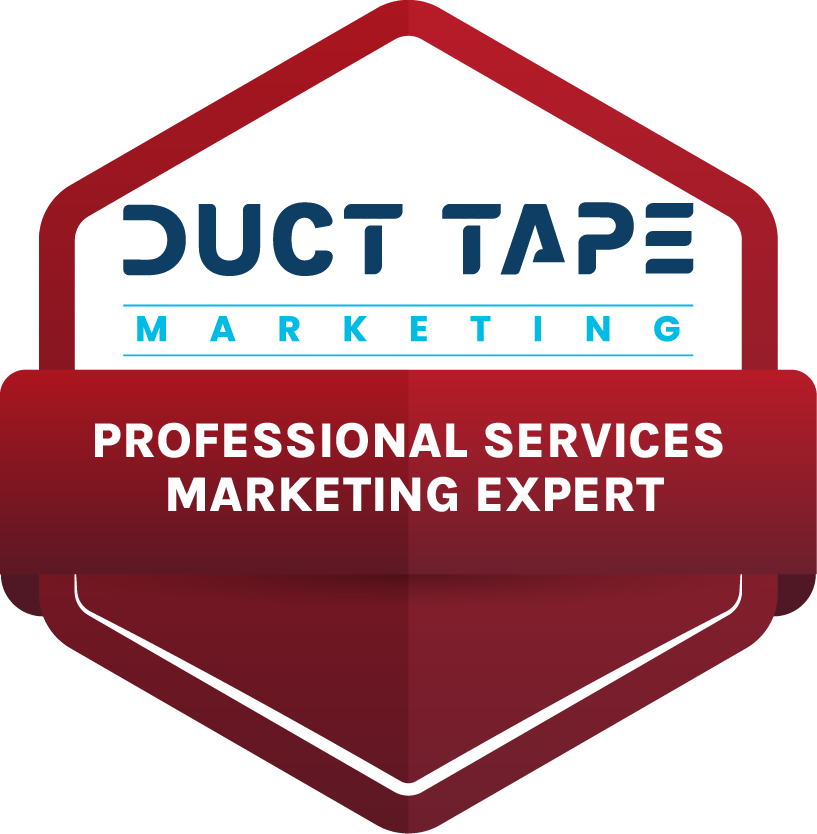
Fourth quarter is here—time to wrap up this year’s marketing activities and finalize next year’s operating budget. As you plan for your 2025 marketing spend, we offer these insights about how to budget for marketing and what to include.
Some marketing budget background
In general, we recommend you peg your marketing budget to a percentage of your projected revenues (this can make it easier to evaluate marketing ROI based on sales lift and you can adjust quarterly as you track revenue). However, you may prefer to create a fixed marketing budget or one that is a percentage of the overall operating budget.
Whether you operate a B2B or B2C business will factor into how much that will be, as will the size and stage of the business (early, established, legacy). Conventional wisdom has been that B2B companies should spend between 2-5% of their revenue and B2C companies 5-10%. The 2024 CMO survey found that in general, marketing budgets are around 10% of revenue and about the same percentage of the overall operating budget.
Your marketing objectives are also determinants of the marketing budget (think lead generation, brand/product awareness, customer retention, or revenue growth). The company’s vertical market (and competition therein) and products or services will also inform the budget. For example, according to HubSpot, consumer package goods brands spend around 25% on marketing while energy companies and manufacturers sit at around 4% of annual revenue.
Where to spend marketing dollars in 2025
First, evaluate what you’ve done in the past and how it’s worked. What marketing activities provided strong ROI? What didn’t work (and why?). Then look at your target audience.
Understanding your customers and their buyer’s journey also informs where and how to spend your marketing budget. Cross-channel marketing strategies are very effective because they cover a range of tactics to reach buyers across touchpoints. Here are the channels and tools to consider for your 2025 marketing activities and expenditures.
- Social media is a key marketing channel for many types of brands. Make sure your marketing budget includes paid social media content along with organic posts to reach your target audience(s). No one platform is perfect for every types of business and we can help identify the best ones for your marketing goals and budget.
- Those CMOs who participated in the 2024 CMO Survey said they expect their social media spending to increase, from 11% now to 12.5% in 2025—and up to 16.3% within five years.
- Video as a marketing tool continues to grow in popularity, both short-form and long-form video. Cisco projects that video marketing will account for 82% of all consumer internet traffic by next year.
- Video can be posted on social channels and company website, and be embedded in emails.
- HubSpot reported that 71% of marketers plan to leverage video as part of their content strategy.
- TikTok is the place to be right now for short-form videos. Many marketing leaders are planning to increase their TikTok investment.
- Email marketing is a highly effective marketing tool when used well—to develop a relationship with prospects, build brand awareness, share personalized content and company news, and more. The Data & Marketing Association cites a 4200% ROI with email marketing.
- Website updates are always in style! Update existing pages to refresh content or add new ones to reflect new deliverables.
- Video or audio files are good additions to your website where appropriate.
- Tweak your on-page and off-page SEO periodically to enhance organic search results
- Blog articles and case studies (content marketing) are excellent tools for enhancing your online presence and giving your SEO some juice. According to HubSpot, businesses that maintain a blog see 97% more links to their websites compared to those that don’t.
- Paid search enables marketers to target specific keywords and demographics to drive traffic to landing pages. The Google Economic Impact report shares that for every $1 spent on Google Ads, businesses make an average of $2 in revenue.
- Influencer marketing is gaining lead-generation ground thanks to the way influencers connect brands with customers. HubSpot reported that 87% of markets plan to increase or maintain their investment in influencer marketing, and Influencer Marketing Hub projects the industry to grow approximately $24.1 billion by next year!
What about AI and martech?
Statistics are inconsistent about the adoption of tech tools among marketing leaders, from as low as 10% of CMO survey respondents using martech (although many cite identifying and optimizing martech tools as priorities) to 74% of marketers currently using AI/automation tools in the HubSpot survey.
At Advantage Marketing, our stance is that artificial intelligence will continue to grow as a tool with a positive, helpful effect on certain marketing activities such as SEO, content marketing, and research efforts.
Let’s talk about your 2024/2025 marketing budgets
Do you have unused marketing dollars in your 2024 budget? Don’t let them go to waste! Advantage Marketing can help you implement those marketing projects you’ve been putting off, spend your end-of-year budget wisely, and plan smartly for 2025. Book a 30-minute consultation with me to get started.
PS: Like what you’re reading? Subscribe to Magnetic Marketing Tips and stay in the know.
Don’t miss these previous articles:
Part 3: Make it easy for others to make referrals
Part 4: Move prospects through your sales funnel
Special Offer! The Referral Engine Workbook
Build a Killer Marketing Plan in 5 Steps






